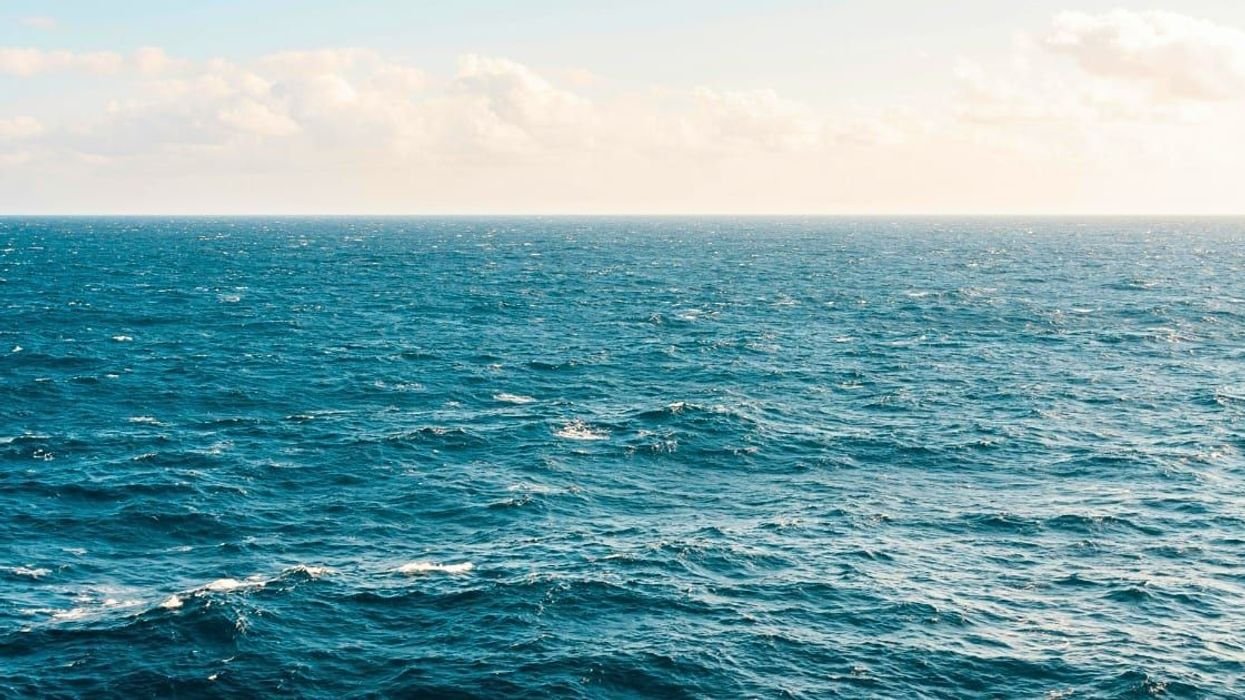Mysterious “Woman’s Voice” in Pacific Ocean Remains Unexplained 25 Years Later In 1999, the National Oceanic and Atmospheric Administration (NOAA) captured an eerie, low-frequency underwater sound in the Eastern Pacific Ocean.
The three-minute recording, nicknamed “Julia,” was loud enough to be detected over 3,000 miles away and resembled a woman’s voice when sped up.
Despite extensive research, the origin of the sound remains a mystery 25 years later.
The sound was detected by NOAA’s autonomous hydrophone array, a network of individual hydrophones that act as microphones, detecting sounds and converting them into electrical signals.

However, despite having these tools, scientists struggled to determine the direction the sound came from, making it difficult to pinpoint its exact source.
Scientists attempted to locate the origin of the “Julia” sound, but their results were never conclusive.
The closest they have come is narrowing its location down to a region between the Bransfield Strait and Cape Adare off the eastern Antarctic coast.
NOAA eventually concluded that the sound was caused by a natural phenomenon similar to previously unexplained ocean sounds like the famous “Bloop,” which are believed to be caused by massive icebergs running aground.
However, conspiracy theorists have proposed alternative explanations, including the possibility of an undiscovered sea creature capable of producing sounds loud enough to be heard across the Pacific Ocean.
While scientists are sticking with the iceberg theory, the true source of the “Julia” sound remains a topic of speculation and debate.
The public is encouraged to share their thoughts and opinions on the mystery surrounding the “Julia” sound.
As technologies continue to advance, researchers remain hopeful that they will uncover more oceanic mysteries, from ancient structures to unexplained anomalies and deep-sea creatures.

